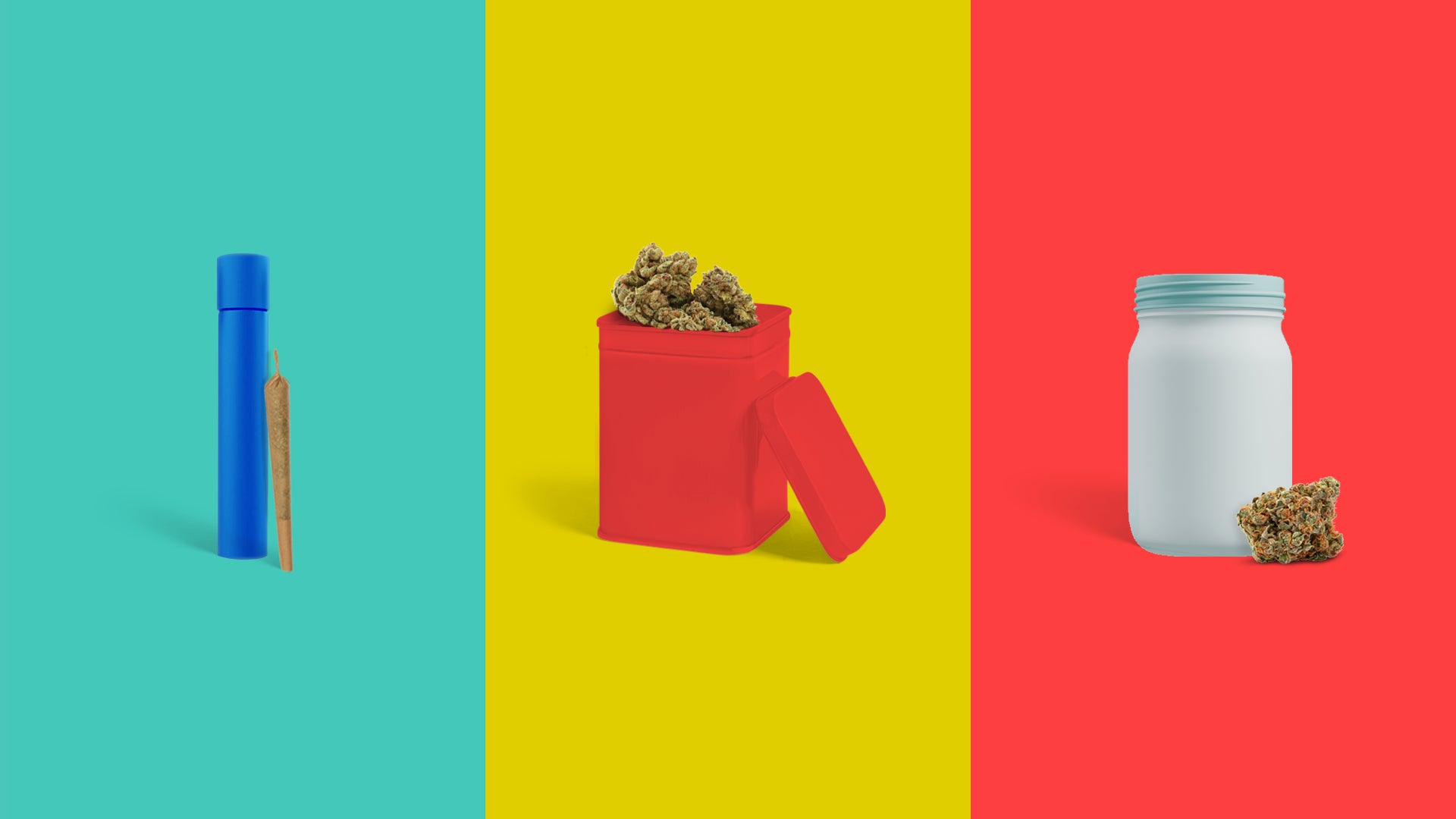Eighth. Dime bag. Half-O. Slang terms for weed quantities make up a cherished chunk of the weed lexicon, and with good reason: quantities come up all the time when talking about—and buying—weed.
These slang terms are often a bit of wordplay around the imperial ounce and its subdivisions (that “O” in “half-O” means “ounce”). But when you shop online or in-store in today’s Canadian legal market, you’ll notice quantities are decidedly metric, despite being quite clearly imperially inspired…
With three languages of weight now in play (imperial, metric, and slang), it’s time to clarify by getting everything on the table—a conversion table.
Read on to learn more about:
- Common weed amounts and conversions between systems
- Weed measurement quirks and facts
- Quantity-related legal considerations and purchasing situations
The Most Common Weed Amounts and Conversions
First here’s a simple conversion chart for the most common quantities you’ll encounter when you go shopping for weed:

Other Weed Amount Quirks, Facts and Slang
With that cheat sheet handy, let’s dive a little deeper into the quantities listed above and expand into other amounts and their street names.
A dime bag
- A slang term, typically black-market, that usually refers to $10 worth of weed, with no real connection to any metric equivalent.
- Works out to less than a gram. (Some people think this term refers to 10 grams of weed. They’re wrong.)
1 gram of weed
- Great for sampling a new strain.
- Typically the smallest amount of pot you can buy; availability of 1 g packages of dried flower varies by brand and region.
- On the larger end of a typical joint size, it is common to find 1 g pre-rolls and smaller, like 0.5 g, or our 0.35 g Tweed Quickies (the 10-pack of which cleverly multiplies up into 3.5 g).
A dub sack
- A dub sack (also sometimes spelled “dub sac”) can be either a $20 bag of weed or two grams of weed. It’s basically a double (“dub”) dime bag. Again, no connection to any metric equivalent.
3.5 grams of weed
- The most common package size for weed; 3.5 g of weed can be used to roll a nice bunch of joints and is available at a reasonable price.
- If a brand has only one size in stores, it’s likely to be this; if you’re buying in quantity, you might find yourself asking for multiple units of 3.5 g.
- I wonder, would this decimal number be the standard if not for the fact that it represents an eighth of an ounce?
7 grams of weed
- A quarter of an ounce is technically 7.0874 g, but cannabis industry standard rounds it down to 7 grams.
14 grams of weed
- Take what we said about 7 grams and double it.
28 grams of weed
- Technically, an ounce weighs 28.3 g, but again, cannabis industry standard rounds down to the nearest gram.
- Potential for slight bulk pricing discount.
- Generally the largest recreational cannabis package available, given that Canadians are legally allowed to purchase and possess (in public) up to 30 g of dried cannabis (or the equivalent).
- With 3.5 g being the most common quantity, does it make sense to have 30 grams as the limit, as opposed to 28 grams, or 35 grams? Not sure, but might as well throw in a couple of pre-rolls in the meantime!
A pound of weed
- A pound of weed is made of up 16 ounces—but because this is an imperial measure, it actually weighs in at 453 g, not the 448 g you’d get multiplying 16x28 g.
- Since it’s well beyond purchase and public carry limits, only growers, licensed producers, buyers, and dispensaries have to (get to?) think in pounds of weed.
Now that you understand the various weed measurements (and can describe them using cool slang), it’s time to visit your local dispensary and show off your knowledge.


